Artisanal soap production has experienced a remarkable renaissance nationwide—transforming from practical household necessity to creative expression reflecting regional ingredients, cultural traditions, and artistic sensibilities. Beyond mere cleansing products, these handcrafted soaps embody their communities through locally sourced botanicals, regional scent profiles, and packaging designs celebrating hometown heritage.
Unlike mass-produced alternatives, these small-batch creations maintain direct connections between makers and users—often produced within walking distance of where they’re sold. Here is a list of 15 American towns where independent soapmakers maintain distinctive local traditions:
Floyd, Virginia
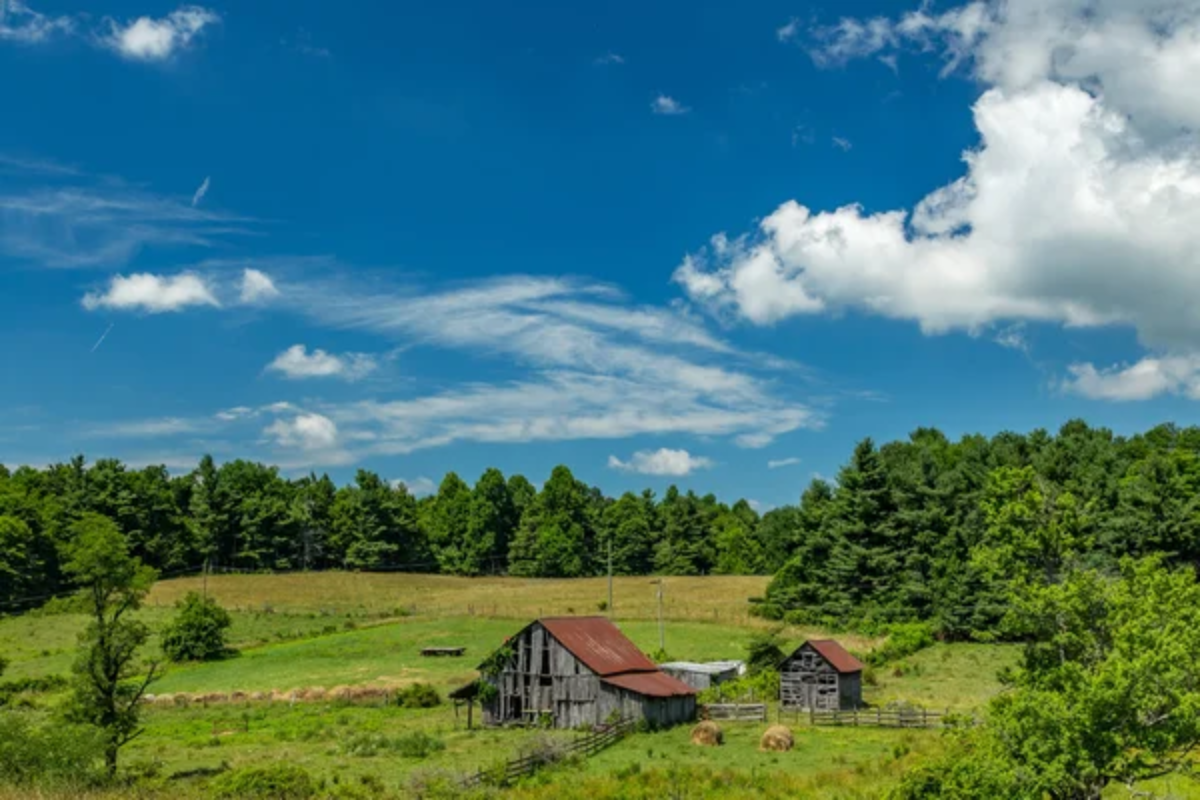
Nestled within the Blue Ridge Mountains, this artistic community supports multiple soapmaking operations despite having fewer than 500 permanent residents. Local makers incorporate regional botanicals, including mountain mint, sassafras, and native rhododendrons—creating scent profiles that genuinely reflect the surrounding landscape.
Many Floyd soapmakers maintain their herb gardens, ensuring supply chain transparency while reducing environmental impacts through minimal transportation requirements. The thriving Friday Night Jamboree musical tradition brings weekly visitors downtown, where soapmakers often demonstrate traditional cold-process techniques using equipment dating back generations.
Floyd’s remarkable creative density supports an entire supply chain—from botanical growers to packaging designers working cooperatively rather than competitively.
Port Townsend, Washington
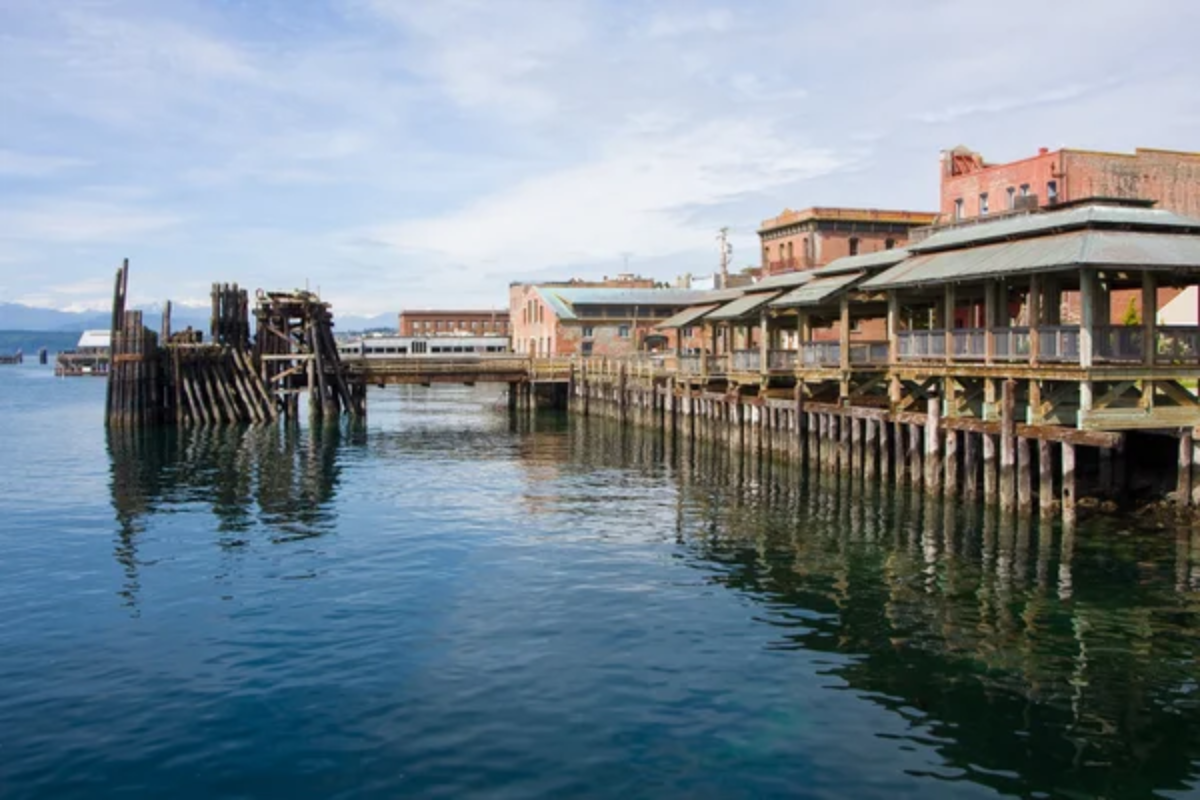
This Victorian seaport maintains maritime soapmaking traditions dating back to its 19th-century shipping heritage, when sailors required products resistant to saltwater exposure. Contemporary makers continue incorporating seaweed harvested from adjacent beaches—creating mineral-rich formulations particularly beneficial for weather-exposed skin.
The town’s working waterfront ensures direct access to traditional ingredients, including kelp varieties specific to the Puget Sound region. Several producers operate from historic buildings along Water Street, maintaining production methods visibly similar to those documented in town archives.
The maritime influence extends beyond mere ingredients—with packaging frequently featuring nautical designs, reconnecting users with the region’s seafaring history through everyday objects.
Like Travel Pug’s content? Follow us on MSN.
Eureka Springs, Arkansas
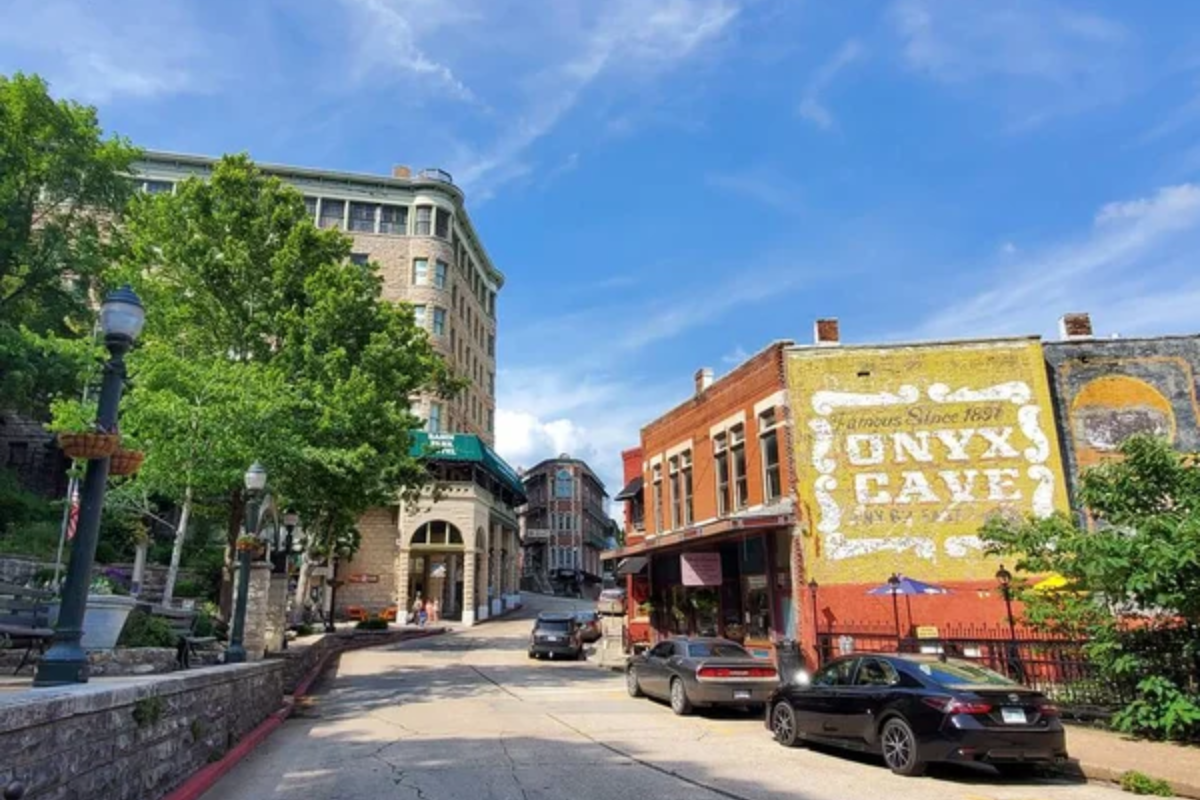
Built around natural springs historically believed to offer healing properties, this Ozark Mountain town maintains particularly strong connections between local water sources and soapmaking traditions. Local producers incorporate mineral-rich spring water directly into their formulations—continuing practices established when visitors first sought relief from various ailments through the region’s distinctive waters.
Many makers operate from Victorian-era buildings in which similar production originally occurred over a century ago—creating remarkable continuity in both location and technique. The town’s long-established artistic community contributes distinctive packaging designs, often featuring hand-drawn illustrations of local landmarks.
Several producers maintain dedicated healing gardens where they cultivate specific botanical ingredients traditionally associated with the town’s reputation for natural wellness practices.
Taos, New Mexico
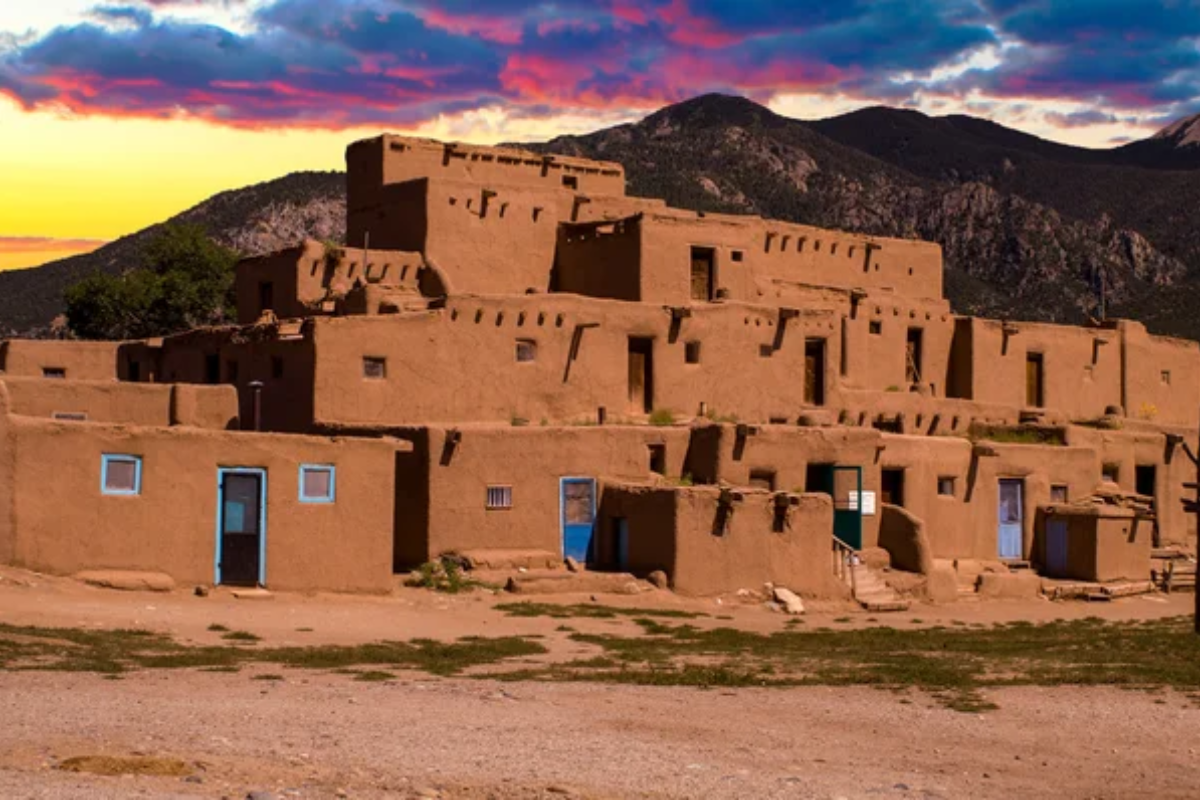
High desert soapmaking traditions in this artistic community incorporate regional ingredients, including piñon pine resin, sage varieties found nowhere else, and clay harvested from specific locations throughout the Rio Grande Valley. Many local producers maintain formulations passed down through generations of regional knowledge—creating products with distinctive Southwestern characters impossible to replicate elsewhere.
The significant Native American presence ensures indigenous botanical knowledge remains incorporated into contemporary products, with appropriate attribution and respect for traditional sources. Several producers operate from adobe workshops, where desert temperature fluctuations contribute to unique curing environments affecting final product characteristics.
The town’s strong artistic traditions influence packaging designs featuring regional symbolism connecting users with specific landscape features through everyday objects.
Baraboo, Wisconsin
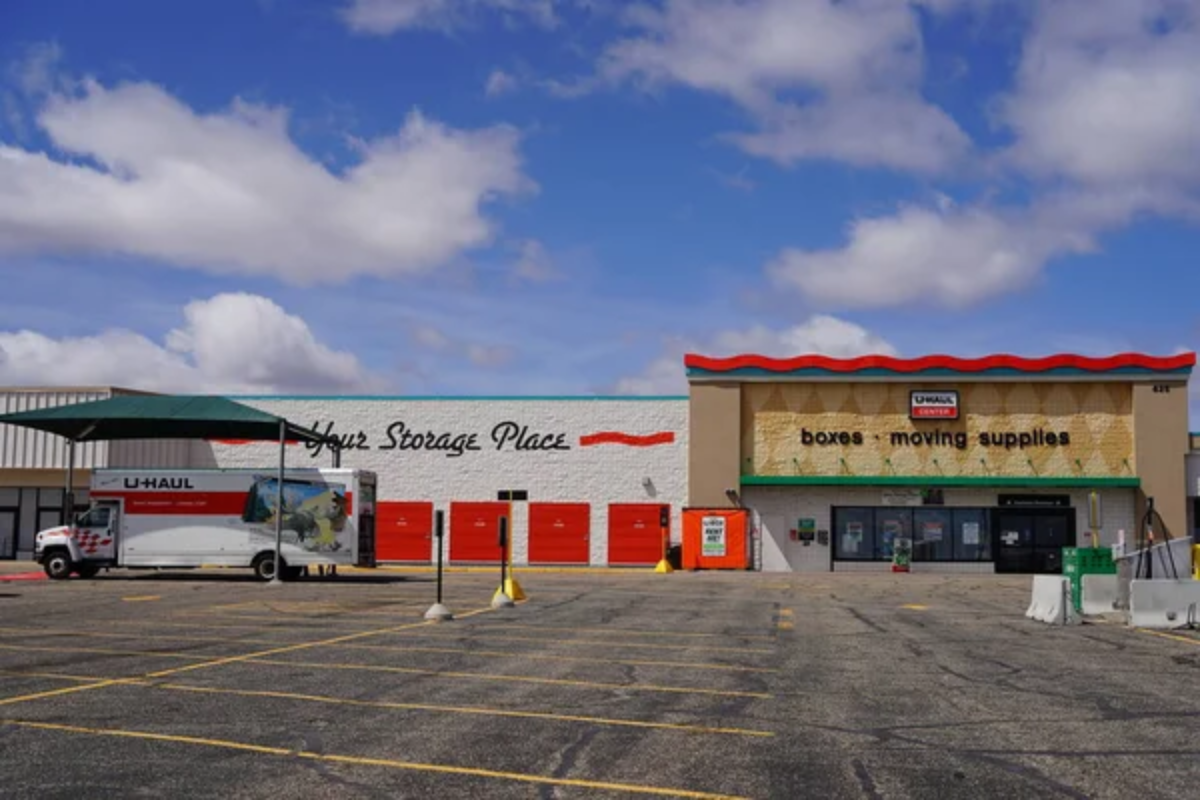
Located near America’s circus capital, this midwestern town supports distinctive soapmaking traditions connected to its agricultural heritage. Local dairy farmers supply fresh milk and cream components directly to producers—creating particularly moisturizing formulations beneficial during harsh Wisconsin winters.
Many makers operate from converted barns or agricultural outbuildings, maintaining visible connections between product origins and finished goods. The region’s extensive lavender cultivation provides reliable local sources for this commonly used ingredient—reducing transportation impacts while supporting neighboring agricultural operations.
Several producers incorporate honey from specific local apiaries, with packaging identifying exact farm sources rather than using generic ingredient listings. The strong agricultural connection extends beyond ingredients to business practices emphasizing seasonal production cycles harmonizing with farming rhythms.
Like Travel Pug’s content? Follow us on MSN.
Brunswick, Maine
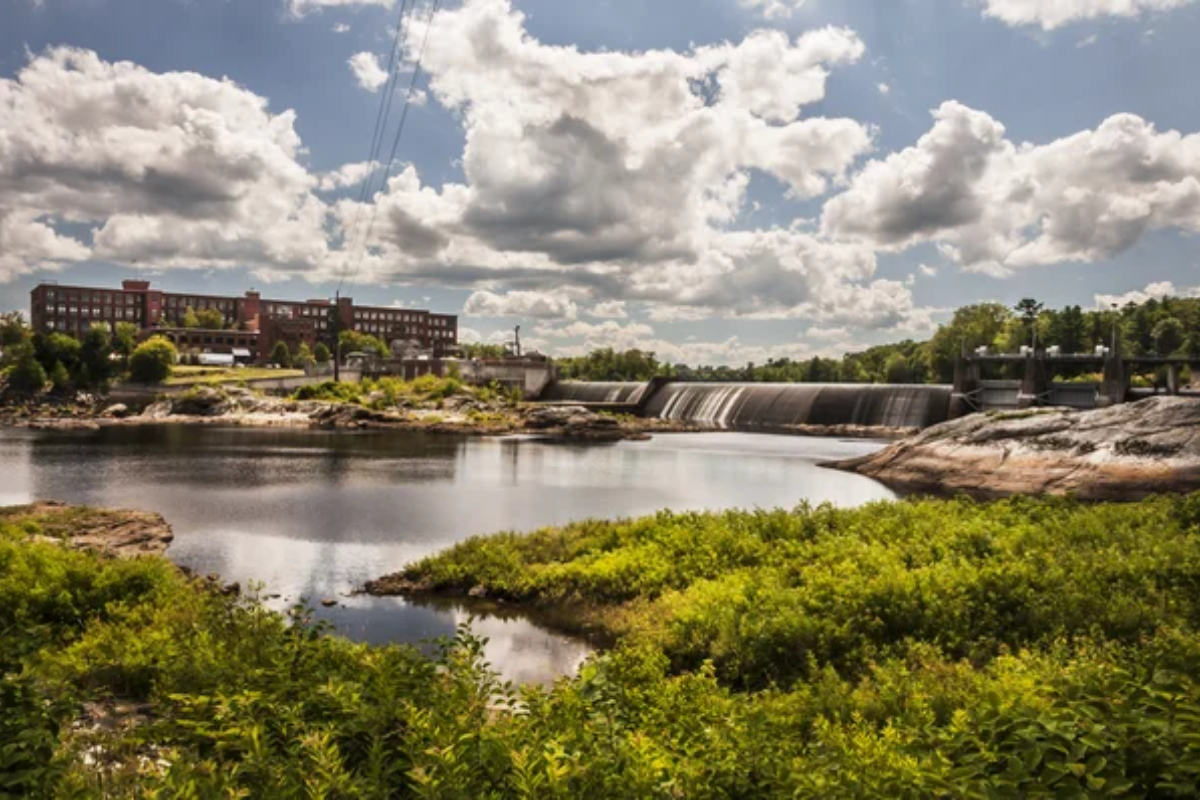
Maritime traditions strongly influence this coastal community’s distinctive soapmaking heritage—with formulations historically developed for fishermen requiring effective cleansing after long exposure to saltwater, fish oils, and boat maintenance materials. Contemporary producers continue incorporating local seaweed varieties harvested according to traditional sustainable practices documented since the 1800s.
Many operate from waterfront workshops where visitors can watch the process firsthand. The significant academic presence through Bowdoin College encourages a scientific approach alongside traditional techniques—creating products that balance historical knowledge with a contemporary understanding of skin chemistry.
Several makers maintain strong environmental commitments reflecting the town’s location at the mouth of the Androscoggin River—with packaging and production methods specifically designed to prevent watershed impacts.
Yellow Springs, Ohio
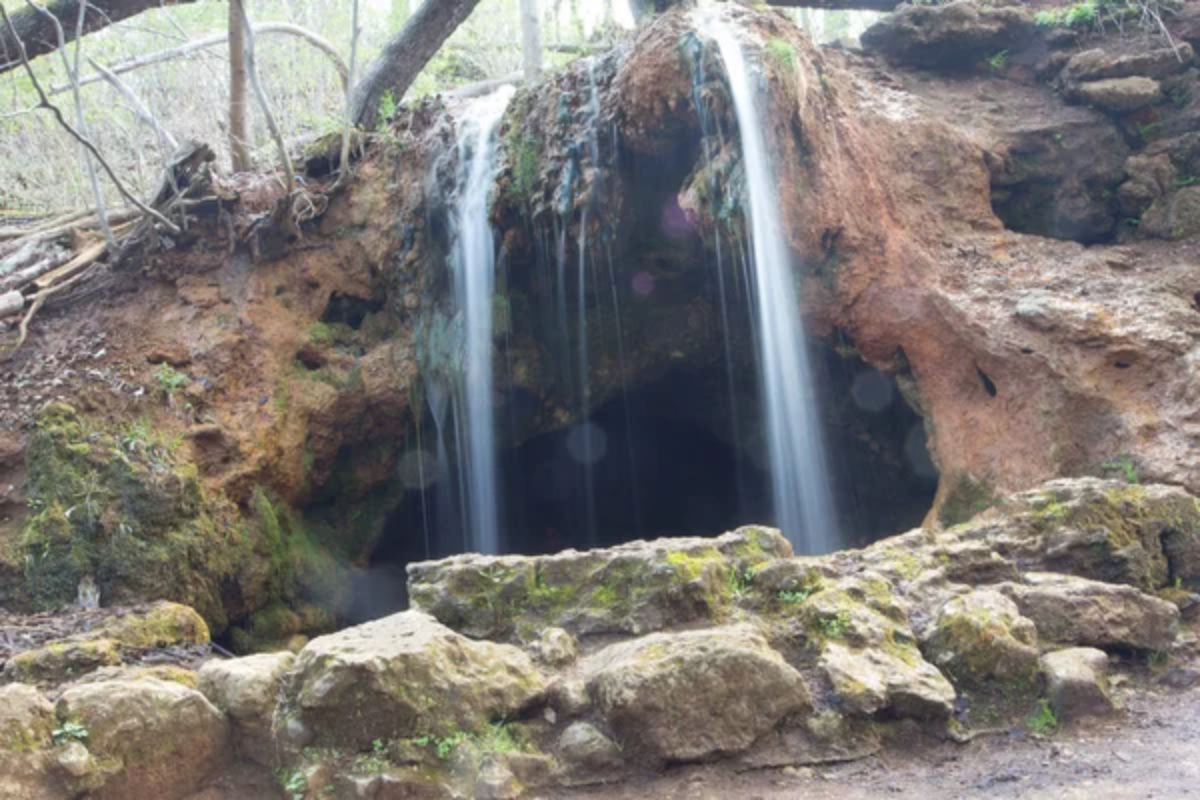
This progressive community maintains particularly strong connections between soapmaking traditions and environmental sustainability principles. Local producers pioneered plastic-free packaging approaches now adopted nationwide—including innovative plant-based wrapping materials developed in partnership with nearby Antioch College.
Many makers operate cooperative production facilities, sharing equipment and bulk purchasing power while maintaining individual creative direction. The town’s long-established community gardens provide reliable botanical sources through direct grower relationships spanning decades rather than merely seasonal arrangements.
Several producers incorporate goat milk from specific local herds—with packaging identifying the individual animals contributing to each production batch. The town’s strong social justice traditions extend into business practices emphasizing accessibility through sliding-scale pricing models uncommon in artisanal production.
Viroqua, Wisconsin
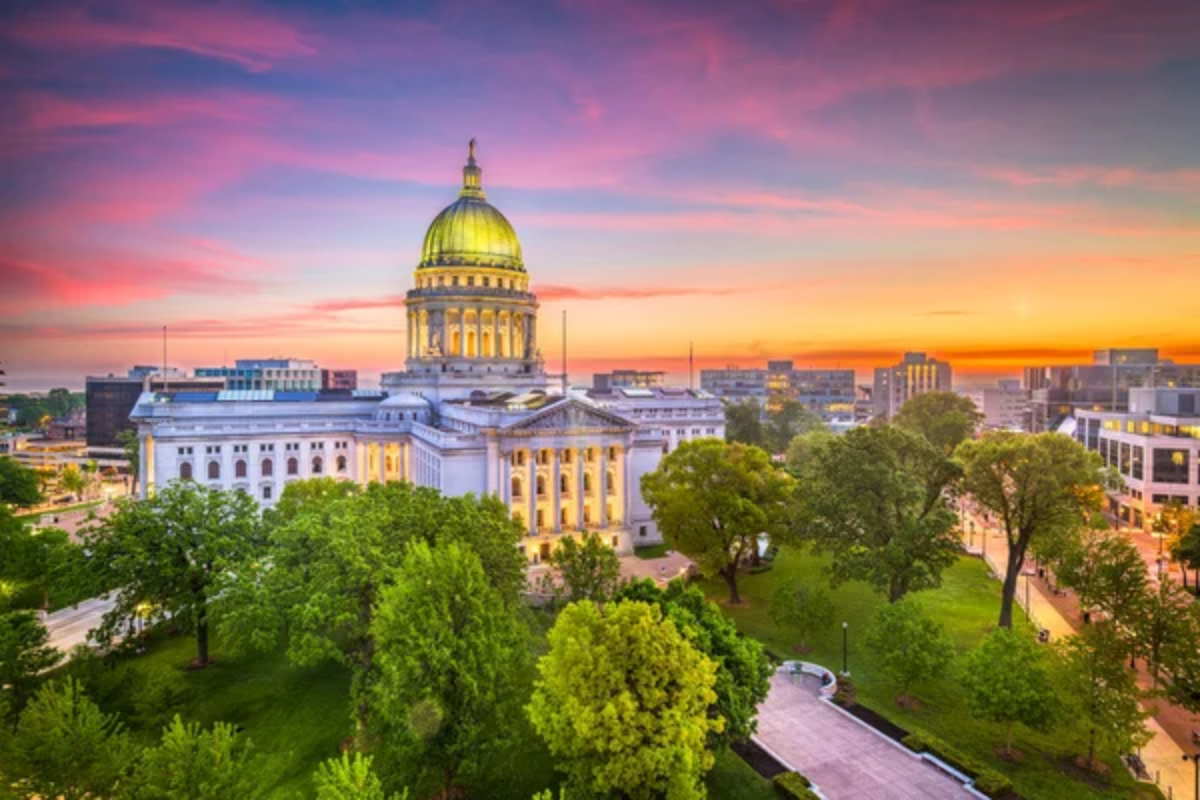
This remarkable concentration of organic agriculture creates particularly strong connections between local farms and soapmaking operations in the heart of America’s Driftless Region. Local producers work directly with more than 40 certified organic farms within 15 miles—creating complete transparency throughout ingredient sourcing processes.
Many makers operate from converted dairy facilities, maintaining agricultural connections visible in both production locations and techniques. The unusually high concentration of biodynamic farms provides distinctive botanical ingredients grown according to specialized practices rare elsewhere in American agriculture.
Several producers maintain seed-saving programs, ensuring heirloom botanical varieties remain available for future production cycles. The town’s exceptional food co-op provides both a retail outlet and an educational venue—with frequent demonstrations connecting consumers directly with production processes.
Like Travel Pug’s content? Follow us on MSN.
Smithville, Texas

Located within Texas’ renowned lavender-growing region, this small community supports multiple soapmaking operations despite a limited population. Local producers incorporate regionally-specific lavender varieties developed specifically for the challenging Texas climate—creating distinctive scent profiles impossible to replicate with imported ingredients.
Many makers operate from historic downtown buildings, where production remains visible through street-facing windows connecting pedestrians directly with manufacturing processes. The town’s strong Czech heritage influences both formulations and decorative elements—with traditional botanical combinations reflecting cultural knowledge transported from Eastern Europe generations ago.
Several producers maintain dedicated lavender fields adjacent to production facilities, ensuring complete vertical integration throughout the manufacturing process. The annual Smithville Lavender Festival creates direct connections between agricultural producers and artisanal manufacturers using their crops.
Bellingham, Washington
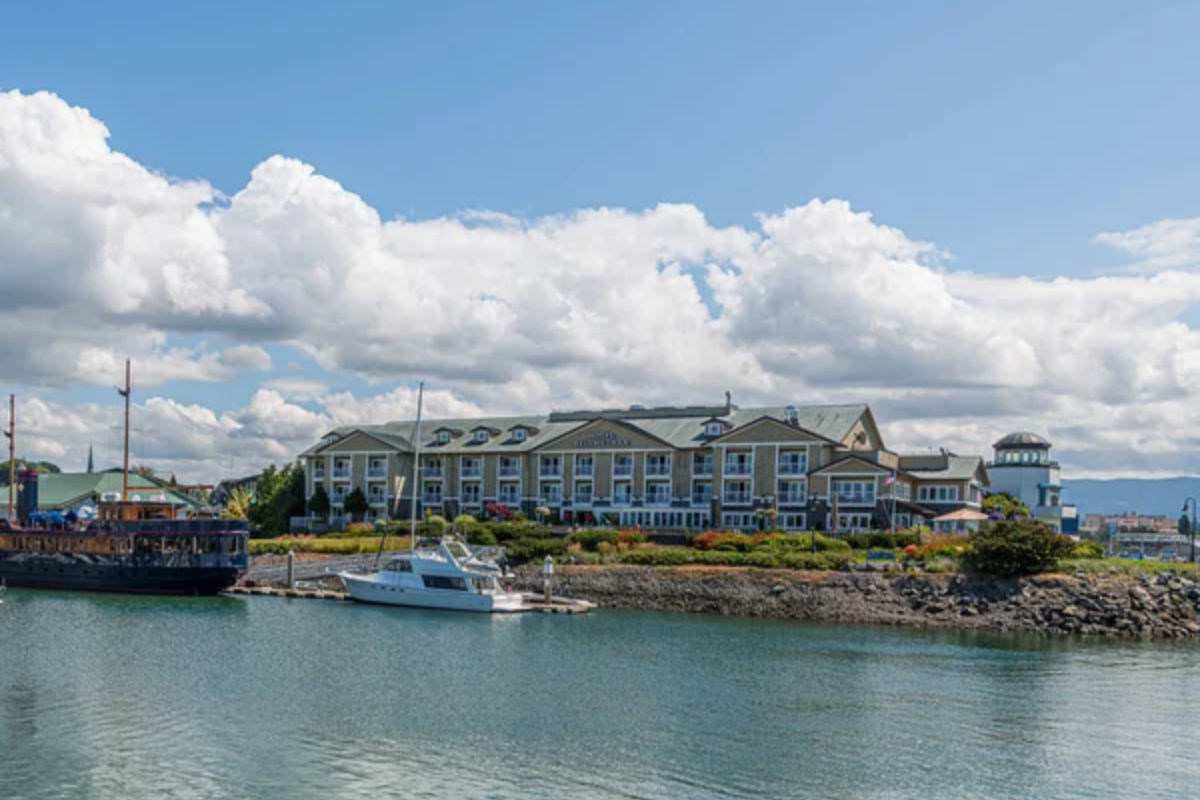
Northwestern botanical traditions strongly influence this coastal community’s distinctive soapmaking heritage. Local producers incorporate conifer needles, devil’s club, and other rainforest botanicals rarely used elsewhere—creating regionally specific formulations reflecting the surrounding landscape.
Many operate from repurposed industrial buildings along the waterfront, maintaining connections with the town’s manufacturing history while creating contemporary artisanal products. The significant environmental awareness through nearby Western Washington University influences business practices—with packaging and production methods specifically designed to minimize ecological impacts.
Several producers maintain educational components alongside retail operations—offering workshops connecting consumers directly with production processes. The proximity to Canadian markets creates cross-border influence visible in both formulations and business approaches, uncommon elsewhere in American artisanal production.
Abingdon, Virginia

Appalachian botanical traditions strongly influence this historic community’s distinctive soapmaking heritage. Local producers incorporate regional plants, including witch hazel, sassafras, and wild ginger—maintaining traditional knowledge documented through generations of mountain herbalists.
Many operate from historic buildings along the Virginia Creeper Trail, where production methods visibly connect contemporary artisans with techniques historically practiced throughout the mountain region. The nearby Barter Theatre creates a regular customer base through actors requiring specialized products and removing theatrical makeup while minimizing skin irritation.
Several producers maintain close relationships with traditional music communities—with packaging often featuring banjo, fiddle, and dulcimer imagery connecting users with regional cultural heritage through everyday objects. The annual Virginia Highlands Festival provides significant retail opportunities, connecting makers directly with visitors seeking authentic regional products.
Like Travel Pug’s content? Follow us on MSN.
Carrboro, North Carolina
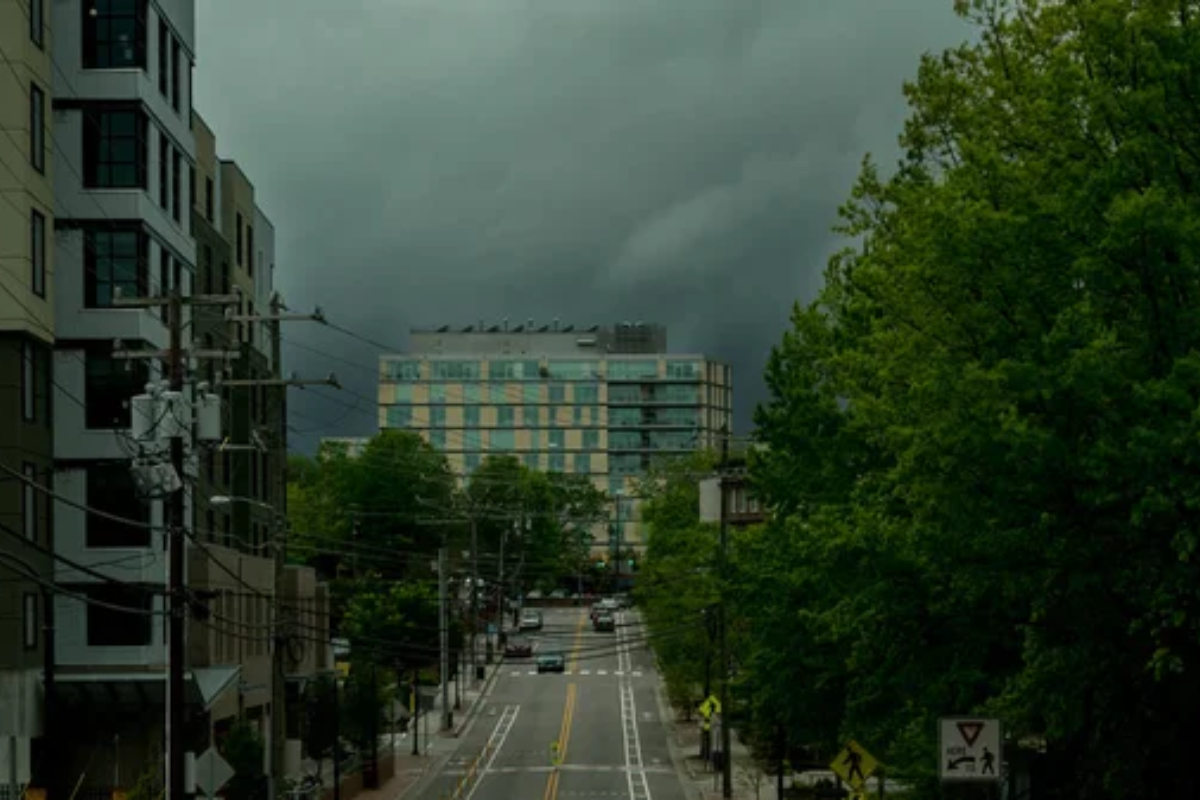
This progressive community adjacent to Chapel Hill supports a remarkable density of artisanal production despite a limited geographic area. Local soapmakers incorporate botanicals grown within walking distance of production facilities—minimizing transportation impacts while maintaining complete traceability throughout the supply chain.
Many operate from compact workshops where production remains visible to pedestrians, creating direct connections between manufacturing processes and everyday community life. The significant academic presence through nearby universities encourages research-based approaches alongside traditional techniques—creating products balancing historical knowledge with a contemporary understanding of skin chemistry.
Several producers maintain educational components alongside manufacturing—offering regular workshops examining both practical techniques and cultural history of cleansing traditions. The exceptionally strong farmers’ market tradition provides both retail outlets and direct connections with agricultural producers supplying key ingredients.
Berkeley Springs, West Virginia

America’s first spa destination maintains particularly strong connections between its mineral-rich waters and contemporary soapmaking traditions. Local producers incorporate the town’s famous spring water directly into their formulations—continuing practices established when George Washington first documented the region’s distinctive mineral composition.
Many operate from historic buildings surrounding the central spring—maintaining geographical connections between natural resources and finished products. The town’s long-established reputation for healing traditions influences both formulations and marketing approaches—with products often connecting users with the region’s 200+ year history as a wellness destination.
Several producers maintain transparent production facilities where visitors observe manufacturing processes while experiencing the spring waters themselves—creating a comprehensive understanding of connections between natural resources and finished goods.
Saranac Lake, New York
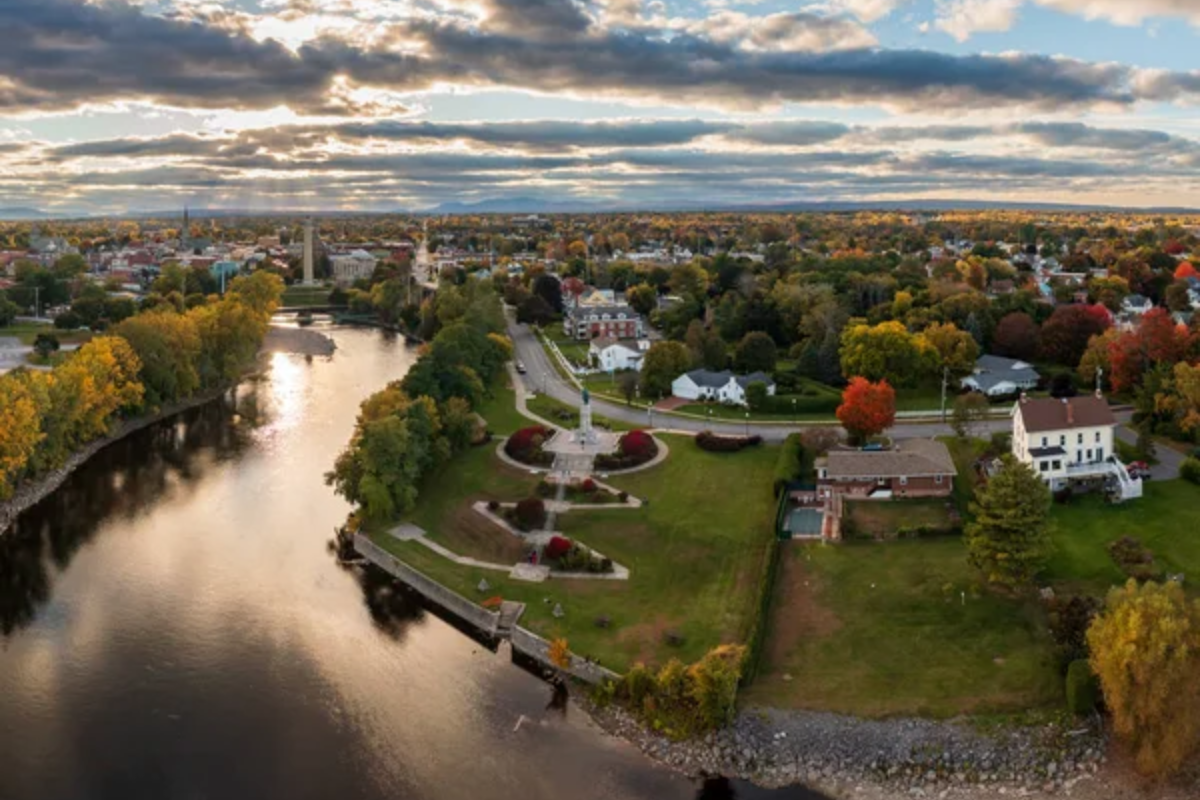
Adirondack botanical traditions strongly influence this mountain community’s distinctive soapmaking heritage. Local producers incorporate white pine, balsam, and other boreal forest botanicals, creating distinctive forest-scent profiles genuinely reflecting the surrounding wilderness.
Many operate from converted cure cottages—buildings originally constructed for tuberculosis patients seeking mountain air treatments during the early 20th century. The region’s extensive winter sports community creates a market for specialized formulations addressing weather-exposure issues faced by outdoor enthusiasts during extreme temperature conditions.
Several producers maintain close connections with the region’s Native American communities—ensuring traditional botanical knowledge receives appropriate attribution rather than anonymous incorporation. The town’s strong arts community contributes distinctive packaging designs, often featuring hand-rendered illustrations of local wilderness landmarks.
Like Travel Pug’s content? Follow us on MSN.
Round Top, Texas
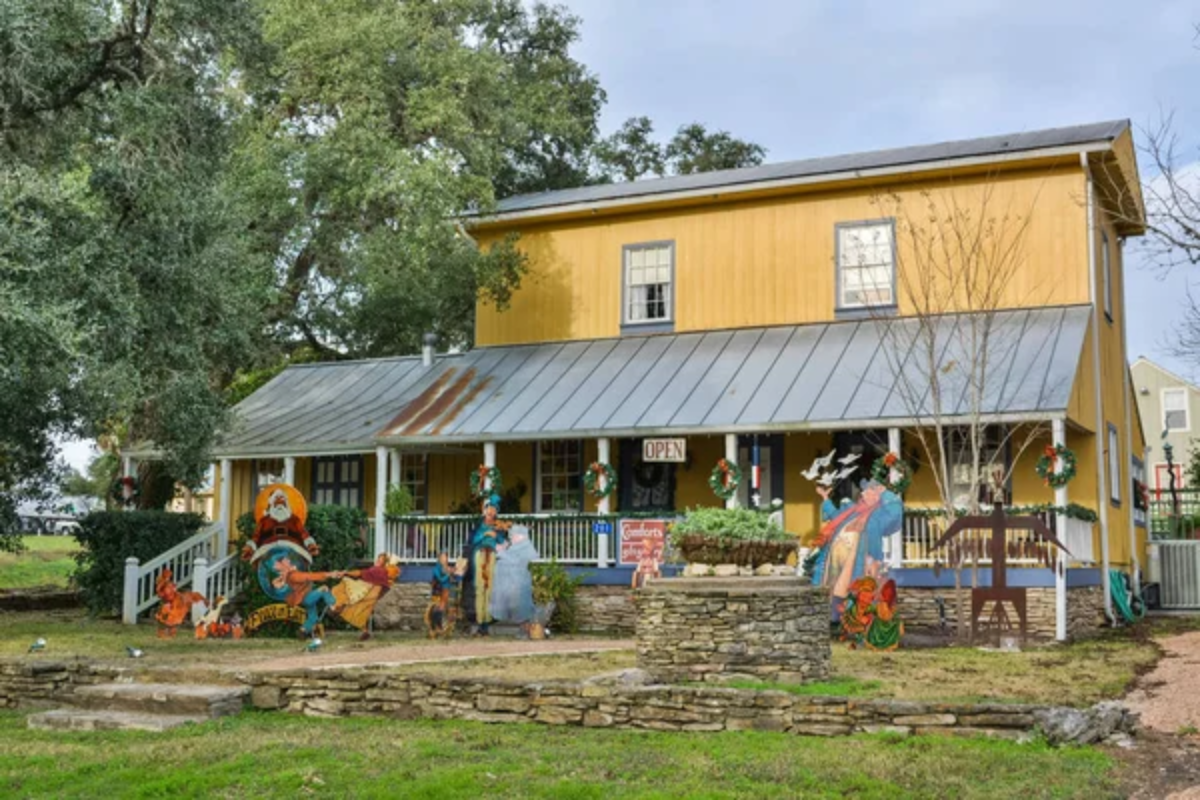
Despite having fewer than 100 permanent residents, this remarkably creative community supports multiple soapmaking operations through twice-yearly antique fairs, drawing international visitors. Local producers incorporate regional botanicals, including Texas cedarwood, dewberries, and native mountain mint—creating distinctive formulations reflecting the surrounding landscape.
Many operate from historic buildings along the town’s two-block main street, where production remains visible year-round despite seasonal customer fluctuations. The region’s strong German heritage influences both formulations and decorative elements—with traditional botanical combinations reflecting cultural knowledge transported from Europe generations ago.
Several producers maintain close relationships with nearby lavender farms, creating collaborative products that connect agricultural producers with artisanal manufacturers. The concentrated visitor periods create a distinctive business model emphasizing intensive production cycles followed by direct customer interaction during market weekends.
Handcrafted Connections

These communities demonstrate how seemingly simple household items become vehicles connecting users with specific landscapes, botanical traditions, and cultural heritage. Unlike mass-produced alternatives, these handcrafted products maintain genuine connections between makers and users—creating webs of meaning extending far beyond mere cleansing functionality.
The regional variation demonstrated through these distinctive soapmaking communities reveals how deeply place influences creative expression—even within seemingly standardized product categories. These everyday objects carry stories worth experiencing firsthand through visits to the communities where they’re thoughtfully created with specific intentions rather than generic formulation.
More from Travel Pug

- Cities Growing so Fast You Won’t Recognize Them in 10 Years
- 13 Destinations Where Tourists Regularly Regret Their Trip
- 16 U.S. Cities That Are Quietly Becoming Travel Hotspots
- Where to Travel If You Love Long Bus Rides and Daydreams
- 20 Cities Perfect for Solo Travelers Who Crave Adventure & Culture
Like Travel Pug’s content? Follow us on MSN.
